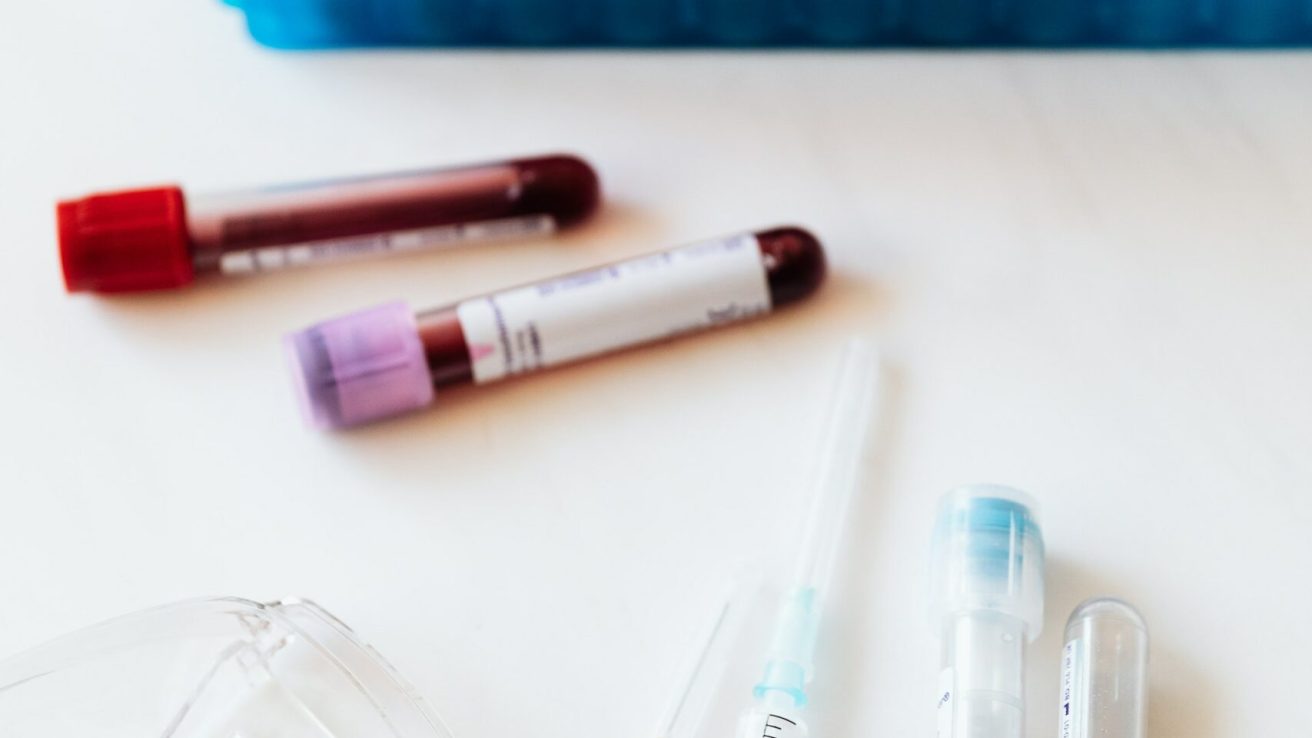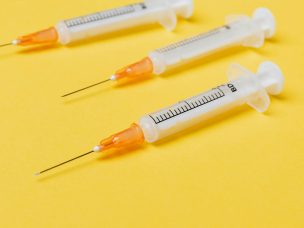Interleukin-33 can lead to blood–brain barrier dysfunction, mediating the intrathecal production of immunoglobulins in myelin oligodendrocyte glycoprotein antibody disease and aquaporin-4 neuromyelitis optica spectrum disorder. Interleukin-33 is correlated with central nervous system demyelinating diseases.
The autoimmune conditions of the central nervous system (CNS) include myelin oligodendrocyte glycoprotein antibody disease (MOGAD) and neuromyelitis optica spectrum disorder (NMOSD). Both inflammatory autoimmune disorders involve immunoglobulin (IgG) antibodies.
The current study analyzed the role of interleukin-33 (IL-33) as a biomarker in the context of the production of intrathecal IgG in NMOSD and MOGAD. The study concluded that IL-33 contributed to blood–brain barrier dysfunction, mediating IgG production in MOGAD and NMOSD. The study findings are published in the journal European Neurology.
Demographic Characteristics of Study Participants
Compared to the control group, the serum levels of IL-33 decreased by 23% at first, and later increased by 35% in AQP-4+ NMOSD patients. The cerebrospinal fluid (CSF) levels of IL-33 increased in the AQP-4+ NMOSD patients by 128%. Compared to the control group, the serum levels of IL-33 first decreased by 21% and later increased by 39% in MOGAD patients. There was a 243% increase in the CSF levels of IL-33 in MOGAD patients.
Serum Levels of Interleukins in MOGAD and NMOSD
Compared to AQP-4+ NMOSD, the serum IL-2 levels significantly increased by 235% in MOGAD, followed by a more significant decrease of 134% after a week of methylprednisolone (MP) treatment. The serum IL-4 levels increased by 124% in AQP-4+ NMOSD patients, which was a more significant increase than that in MOGAD patients. Similar to IL-2 levels, IL-4 decreased significantly following MP treatment.
Similarly, serum levels of IL-10 significantly increased in MOGAD patients by 184%, followed by a decline in the levels by 47% following the treatment. Serum IL-6 levels increased by 34% in AQP-4+ NMOSD, which was significantly greater than that in MOGAD patients, with a further increase to 179% one week after MP treatment.
CSF Levels of Interleukins in MOGAD and NMOSD
The study also evaluated the CSF levels of IL-2, IL-33, IL-4, IL-6, and IL-10 in MOGAD and NMOSD patients. The CSF levels of IL-6 and IL-33 increased in both autoimmune conditions, particularly in MOGAD.
Abnormalities in the Blood–Brain Barrier in MOGAD and NMOSD
The blood marker serum quotient of albumin (QAlb) is representative of blood–brain barrier integrity. Compared to normal levels, the levels of QAlb significantly increased in MOGAD and AQP-4+ NMOSD patients in the initial stage of the disease by 256% and 159%, respectively.
Immunoglobulin Levels in CSF of MOGAD and NMOSD Patients
The index levels of IgG in the CSF were significantly increased in the MOGAD and AQP-4+ NMOSD patients by 214% and 168%, respectively, at the initial stage of the disease.
The study concluded that IL-33 is implicated in blood–brain barrier dysfunction and promotes the production of intrathecal IgG in MOGAD and AQP-4+ NMOSD, particularly MOGAD.
Source
Wang, M., Xia, D., Sun, L., Bi, J., Xie, K., & Wang, P. (2023). Interleukin-33 as a biomarker affected intrathecal synthesis of immunoglobulin in NMOSD and MOGAD. European Neurology. https://doi.org/10.1159/000530437










